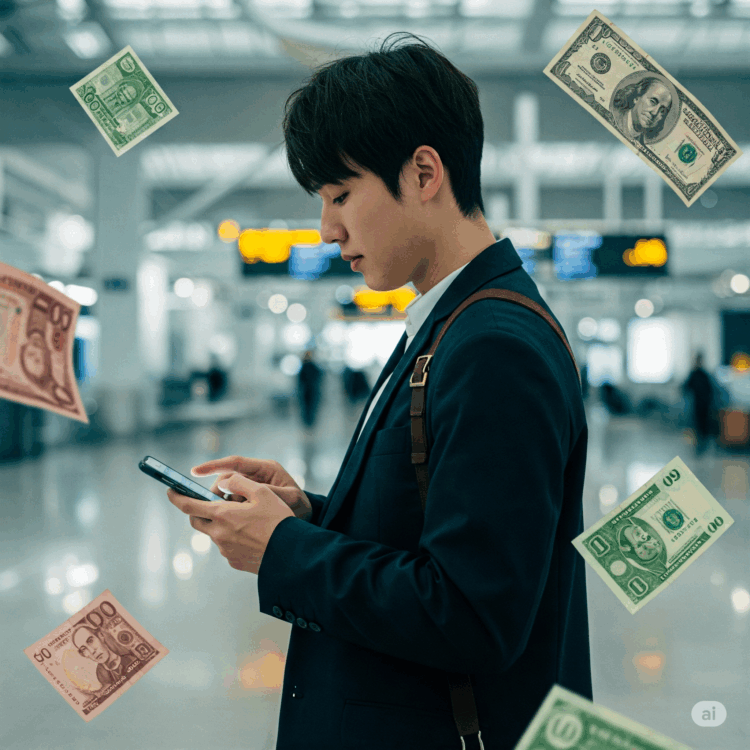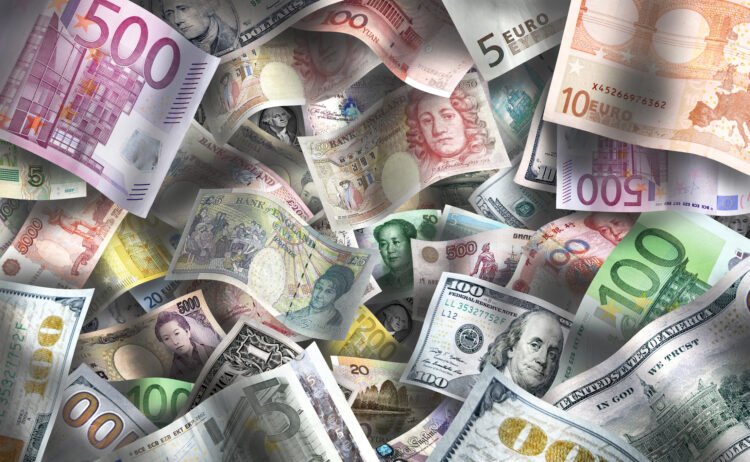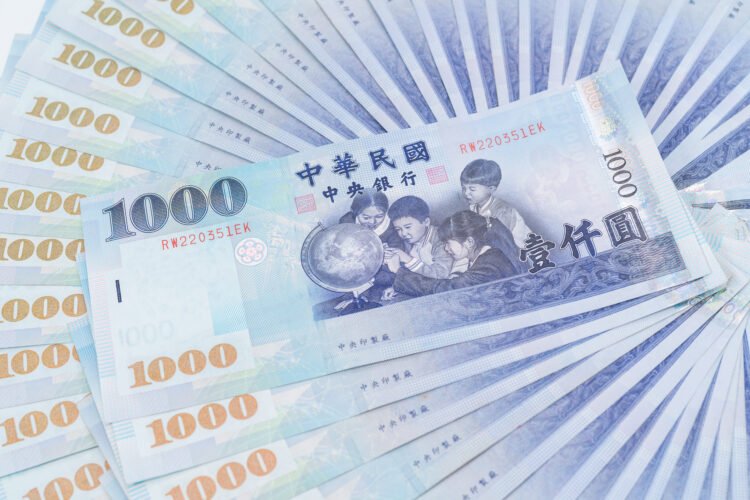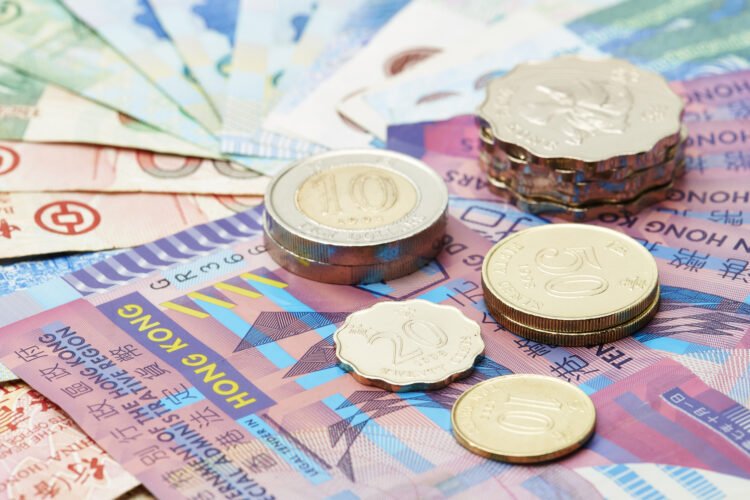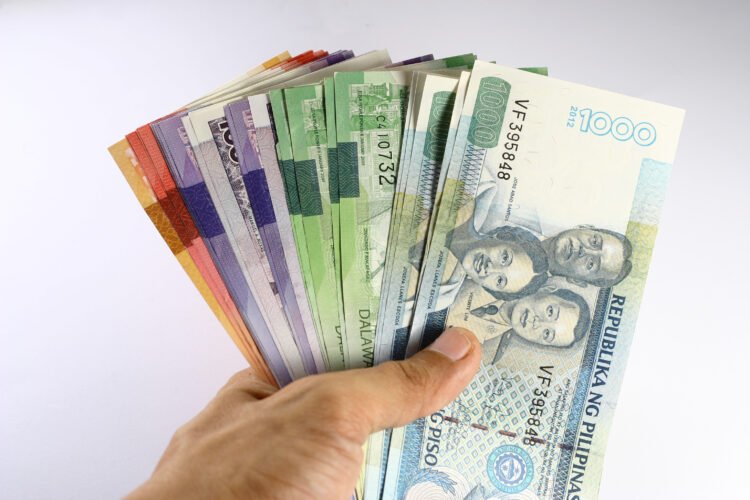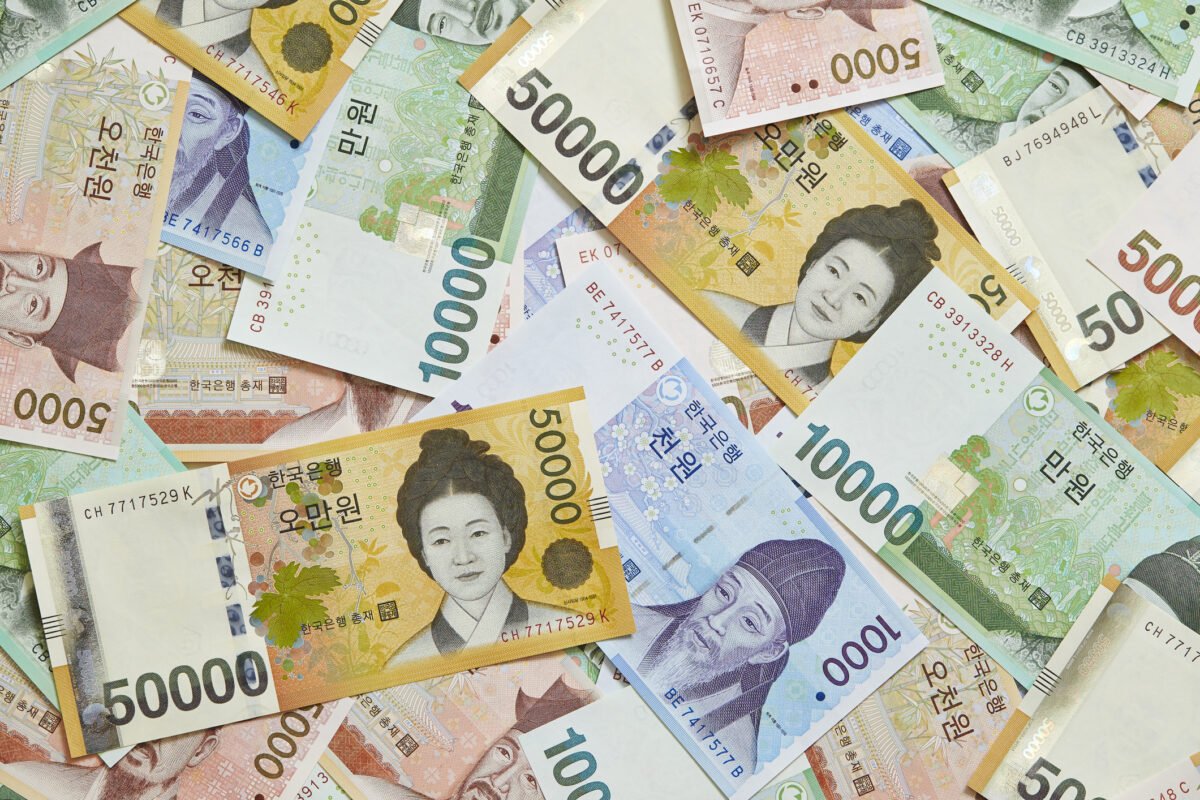
The Korean Won is a currency that is used by both South
Korea and North Korea. There are various different denominations for this currency,
and it is important that you understand these to ensure that you are able to make
transactions and receive payments in both countries.
South Korean Won
The South Korean Won is one of the most valuable currencies in the world. It has
been in use for thousands of years. While it has not been performing as well as
before the Asian financial crisis, it has still maintained a strong market value.
In the early 2000s, the South Korean government redesigned the 5,000 won note.
This new design includes a number of security features. These include a hologram
strip that features a map of Korea, targeuk figures, and three changing images.
The Bank of Korea is the official issuing body for the South Korean won. They
designate each series of bank
notes in a unique way. Each series contains up to 22
different security features.
One of the main reasons the South Korean won has had so many devaluations is
because of the Korean War. This war started in 1950, and the exchange rate
reached 6000 KRW in April 1951.
After the Korean War, the won was replaced by a different currency, the hwan. One
dollar was equivalent to 1250 hwan by 1961.
In the 1970s, inflation caused a rise in the number of higher denominations of
banknotes. This was followed by a series of redesigned won notes in the 1990s.
There are four different types of won bills. Each bill contains a hologram strip on its
left side. Some of the newer bills contain color-shifting ink and microprint.
In the late 1990s, the South Korean government began allowing won to float freely
on the foreign exchange market. This meant that the won could appreciate against
the US dollar in the long run.
Because the value of the won has fluctuated so much over the past few years, you
should always be careful when investing. A strong economy can boost the value of
the won, but the strength of the US dollar can make it lose value.
North Korean Won
North Korean Won (abbreviated as KPW) is the primary currency of the Democratic
People’s Republic of Korea. It is issued by the country’s central bank. Unlike many
currencies, it is not exchanged on international markets. It is only used in the nation.
The won was introduced in 1947 by the Provisional People’s Committee for North
Korea, the government of that time. The earliest coins were minted in the 1, 5, and
10 chon denominations.
As a new currency, the won replaced the Korean yen. However, the two were not
equal. The first two years after the Korean War, the North Koreans continued to use
the Korean yen. In November 2009, they revalued their won. This move sparked
nationwide panic. Eventually, the state pulled back on most exchange limits.
Before the revaluation, the currency was tied to the US dollar. The symbolic rate was
2.16 won to the dollar. Eventually, the won was devalued 96 percent against the
dollar.
As of November 2009, the North Korean won was revalued by 1 percent. This move
was designed to control price inflation. However, it proved to be a failure. It wiped
out people’s savings.
After the revaluation, the North Korean won began trading on unofficial black
markets. Some foreign visitors were able to buy goods priced in tied won. Others
brought hard foreign currency into the country and used it.
In September 2009, North Koreans were given a seven-day grace period to change
their hard cash to the new won. They were also promised unlimited withdrawals if
their savings exceeded one million won.
Currently, the North Korean won is issued by the Central Bank of the Democratic
People’s Republic of Korea in Pyongyang. The current series of banknotes was
released in 2009.
Coin denominations
The Korean Won (KRW) is the official currency of South Korea. In the past, the won
has undergone several changes. It was first pegged to the US dollar, and then
devalued as a result of the Korean War. Today, it is not tied to the US dollar and can
float freely on foreign exchange markets.
The earliest won coins were produced out of brass. Today, they are made of
aluminum. Each coin has a different value and color. Some of the smaller
denominations are also colored red. However, the larger values are silver in color.
One of the smallest coins in circulation is the bronze. In addition to being physically
smaller, the coin has a lower face value than the other coins.
Another small denomination is the 5,000 won bill. It is slightly larger than the 1,000
won bill. These bills can’t be withdrawn, and cannot be deposited in an ATM.
A larger denomination is the 10,000 won bill. This is a coin that is more than half the
size of the 5,000 won bill. As with the 5,000 won bill, these bills can’t be withdrawn.
One of the largest bills in circulation is the W50,000 bill. Its backside features a
drawing of the Korean poet and calligraphist, Shin Saimdang. She is a famous writer,
poet, and scholar.
Other bills in circulation include the W100, a common coin that’s been in circulation
since 1983. It’s 24mm in diameter and 75% copper and 25% nickel.
Bank of Korea produces these won bills. They use new technology to make them
more secure. There are special security features on them, such as a watermark with
portraits and 3D holograms that change colors.
Currency exchange businesses in South Korea
If you are planning to conduct business in South Korea, there are several things you
should know about the country’s regulatory environment. While the South Korean
government has taken steps to open up its economy to foreign exchange, there are
still some issues to be aware of.
The regulatory environment in South Korea is largely opaque. Most new regulations
are written by the National Assembly without a corresponding public comment
period. Aside from that, the government also monitors and enforces certain
regulations. In addition, enforcement actions can be challenged through
administrative litigation.
Despite some limitations, the South Korean government is trying to ease the
volatility in its FX market. For instance, the government has launched a government
equalisation fund, which increases the supply of dollars in the onshore spot market.
This fund is one of a number of measures that are being used to reduce the volatility
of the local FX market.
One of the other measures the government has rolled out is a regulatory sandbox
program. Under this program, both Korean and foreign companies that have a
branch office in the ROK can take advantage of a lenient set of regulations.
However, this sandbox program is not applicable to all transactions. Depending on
the type of transaction, you can be required to report to a specific agency.
In the past, the government has imposed restrictions on incoming speculative
currency and mid-term borrowing by corporations. But these restrictions have
mostly been removed since the Korea’s currency crisis.
However, the government retains the authority to re-impose these restrictions in
case of an economic emergency. Moreover, the South Korean government can
impose a fine for violations of the law.
Remitly
If you are looking to send money to South Korea, you will want to choose a reliable
and fast service. You should also check out the exchange rate to ensure you are
getting the best value. A number of different companies offer remittance services,
and you need to be sure you are comparing the right one for your needs.
Remitly is a popular way to send money internationally. It offers a variety of transfer
options and a simple user interface. Users can choose to use their mobile phone, and
the app can be downloaded from the Google Play and App Store.
While some providers charge a fixed fee, some charge a percentage of the total cost
of the transaction. Some services have higher maximum transfer limits than others.
For instance, some providers allow you to transfer as little as $1.
Although you may be tempted to send money using Remitly because of its low fees,
the company actually charges 3% for credit card transfers from the U.S. In addition,
you will need to provide more information and documentation for high-limits
transfers.
Remitly offers several different delivery methods, including bank deposits and cash
pick-up at the provider’s location. However, it is important to note that Remitly does
not support Apple Pay or Google Pay.
Using an online money transfer service is a great option to send money to South
Korea. These companies typically get the money to your recipient faster than a bank
can. But you can also find cheaper ways to transfer money if you shop around.
XE – Remit is a great choice for people looking to send money to South Korea. Their
transfer speed is impressive, and they also offer excellent rates.
